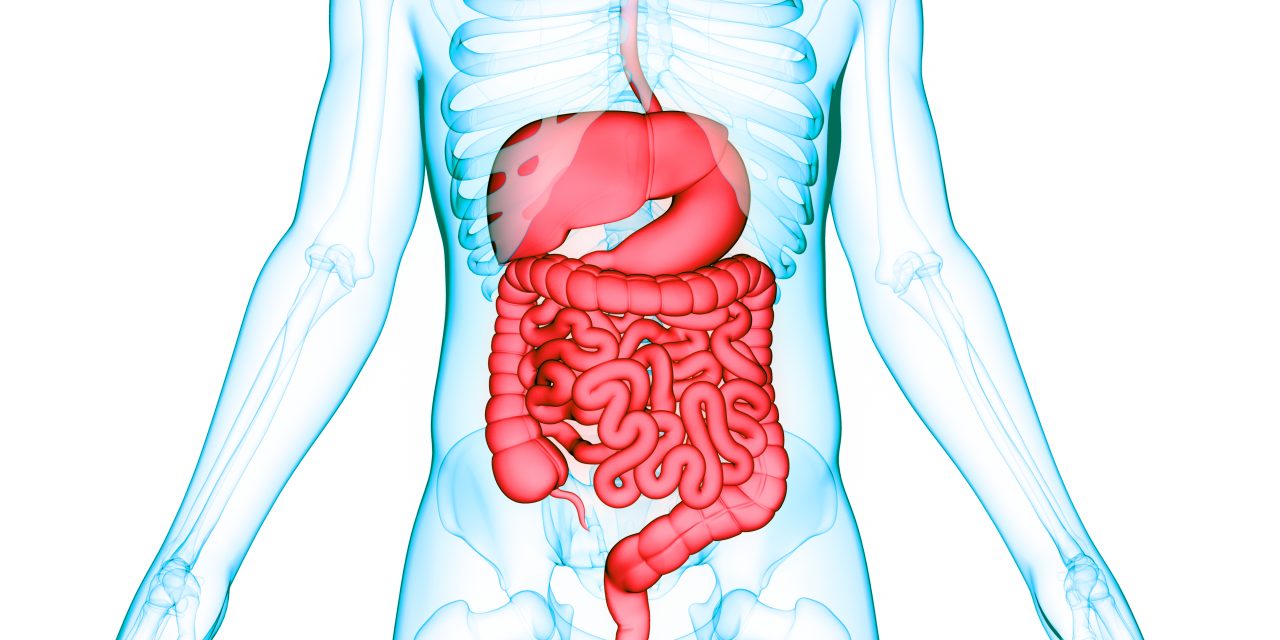The objective was to study the effects of microencapsulated organic acids (OA) and essential oils (EO) on growth performance, immune system, gut barrier function, nutrient digestion and absorption, and abundance of enterotoxigenic Escherichia coli F4 (ETEC F4) in the weaned piglets challenged with ETEC F4. Twenty-four ETEC F4 susceptible weaned piglets were randomly distributed to four treatments including (1) sham-challenged control (SSC; piglets fed a control diet and challenged with phosphate-buffered saline (PBS)); (2) challenged control (CC; piglets fed a control diet and challenged with ETEC F4); (3) antibiotic growth promoters (AGP; CC + 55 mg·kg-1 of Aureomycin); and (4) microencapsulated OA and EO [P(OA+EO); (CC + 2 g·kg-1 of microencapsulated OA and EO]. The ETEC F4 infection significantly induced diarrhea at 8, 28, 34, and 40 hours post-inoculation (hpi) (P < 0.05) in the CC piglets. At 28 days post-inoculation (dpi), piglets fed P(OA+EO) had a lower (P < 0.05) diarrhea score compared to those fed CC, but the P(OA+EO) piglets had a lower (P < 0.05) diarrhea score compared to those fed the AGP diets at 40 dpi. The ETEC F4 infection tended to increase in vivo gut permeability measured by the oral gavaging fluorescein isothiocyanate-dextran 70 kDa (FITC-D70) assay in the CC piglets compared to the SCC piglets (P = 0.09). The AGP piglets had higher FITC-D70 flux than P(OA+EO) piglets (P < 0.05). The ETEC F4 infection decreased mid-jejunal VH in the CC piglets compared to the SCC piglets (P < 0.05). The P(OA+EO) piglets had higher (P < 0.05) VH in the mid-jejunum than the CC piglets. The relative mRNA abundance of SGLT1 and B0AT1 was reduced (P < 0.05) by ETEC F4 inoculation when compared to the SCC piglets. The AGP piglets had a greater relative mRNA abundance of B0AT1 than the CC piglets (P < 0.05). The ETEC F4 inoculation increased the protein abundance of OCLN (P < 0.05), and the AGP piglets had the lowest relative protein abundance of OCLN among the challenged groups (P < 0.05). The supplementation of microencapsulated OA and EO enhanced intestinal morphology and showed anti-diarrhea effects at a one-time point in weaned piglets challenged with ETEC F4. Even if more future studies can be required for further validation, this study brings evidence that microencapsulated OA and EO combination can be useful within the tools to be implemented in strategies for alternatives to antibiotics in swine production.© The Author(s) 2020. Published by Oxford University Press on behalf of the American Society of Animal Science. All rights reserved. For permissions, please e-mail: journals.permissions@oup.com.
Effects of a microencapsulated formula of organic acids and essential oils on nutrient absorption, immunity, gut barrier function, and abundance of enterotoxigenic Escherichia coli F4 (ETEC F4) in weaned piglets challenged with ETEC F4.


